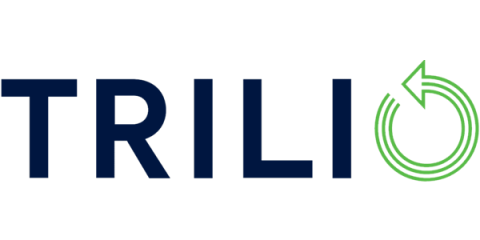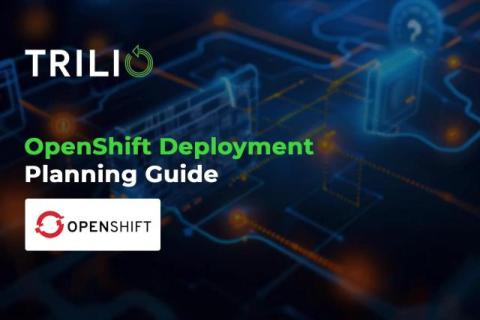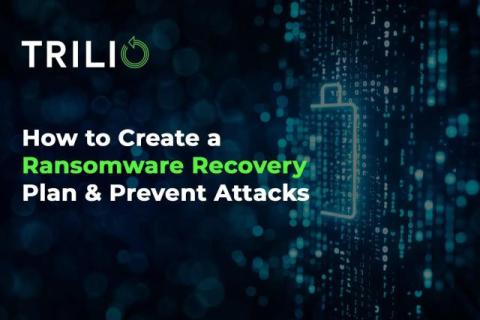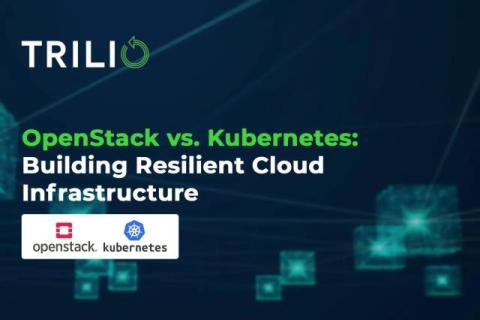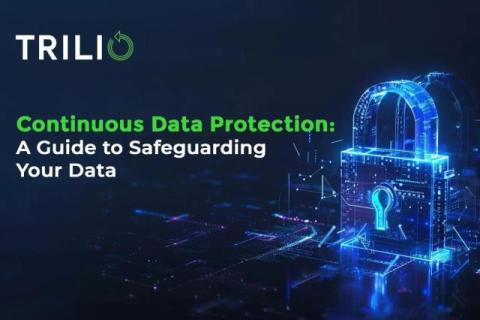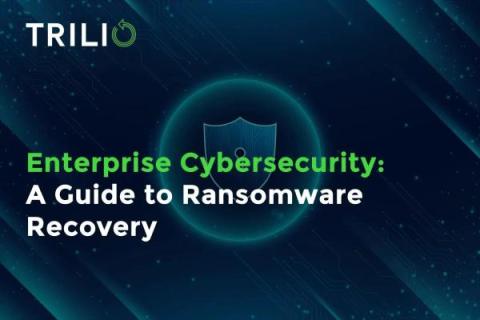Mastering Cloud Data Protection: Strategies for Resiliency
As the cloud becomes increasingly integral to modern businesses, cloud data protection (CDP) gains importance. From safeguarding against data loss due to accidental deletion or system failures to protecting against cyber threats like ransomware, CDP is the foundation of a resilient cloud strategy. The cloud brings its own set of challenges, from the dynamic nature of containerized workloads to the complexity of multi-cloud environments.


